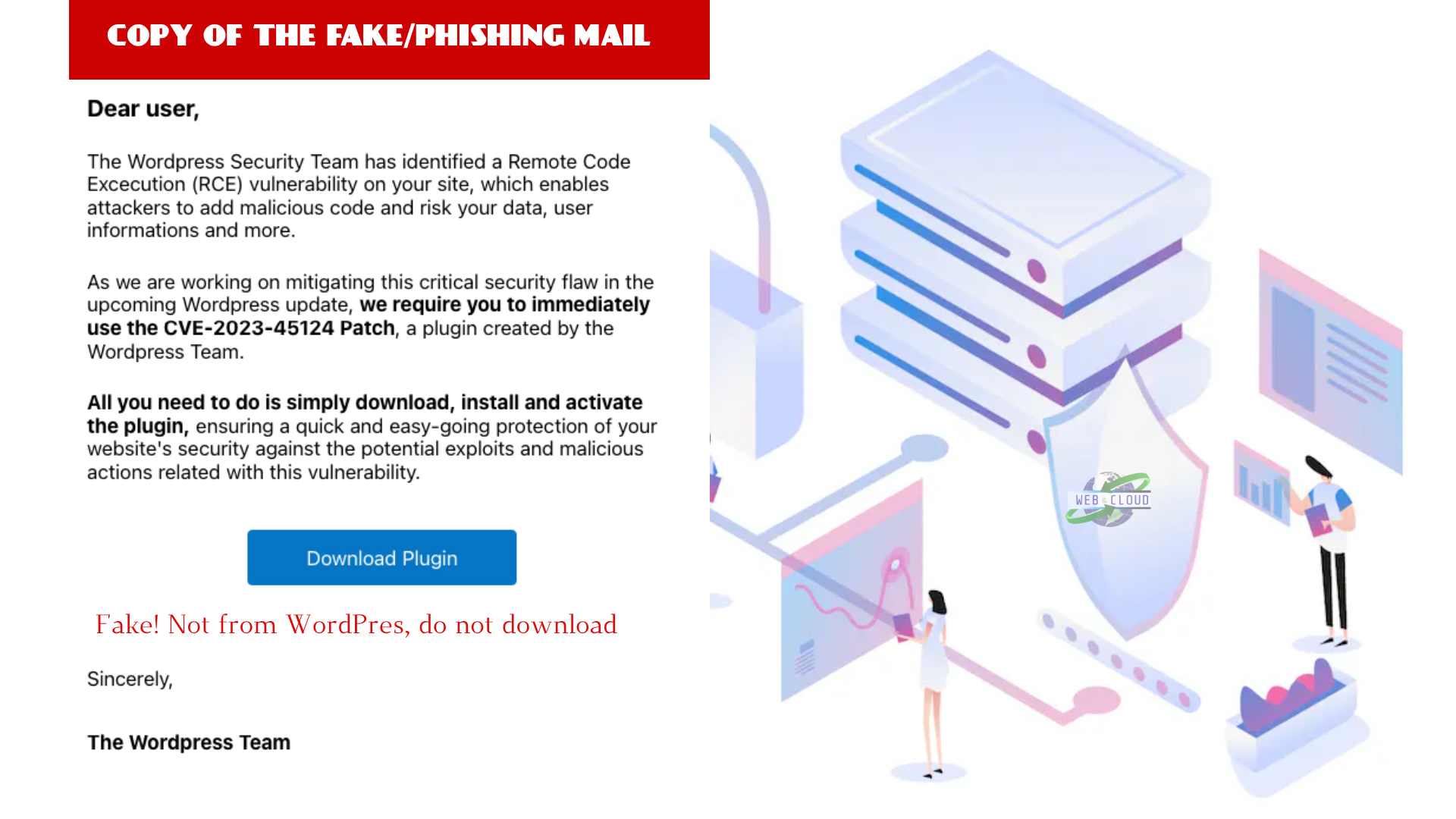TP-Link Routers May Face U.S. Ban Over China Ties
Explore the U.S. proposed TP-Link ban, router security risks, Chinese tech influence, and safer alternatives like Cisco, Netgear, Asus, and OpenWrt.

The U.S. government is reportedly preparing to ban the sale of TP-Link routers and networking equipment, citing national security concerns. TP-Link currently holds a significant share of the U.S. consumer and small business router market, estimated at 30–50%. The proposed ban is driven less by specific technical flaws and more by concerns over TP-Link’s alleged ties to China.
Government Concerns
- Federal backing: More than six federal agencies support the ban, according to The Washington Post.
- Commerce Department findings: Officials argue TP-Link products handle sensitive U.S. data and may remain subject to Chinese jurisdiction or influence.
- Congressional pressure: In 2024, lawmakers raised alarms after TP-Link devices were found on U.S. military bases, warning of vulnerabilities and compliance with Chinese law.
- Cybersecurity evidence:
- Check Point Research (2023) identified Chinese state-sponsored hackers using malicious firmware on TP-Link routers in attacks against European foreign affairs entities.
- Microsoft (2024) reported compromised TP-Link routers being exploited by multiple Chinese hacking groups since 2021 for “password spraying” attacks.
TP-Link’s Response
- Denies national security risks, emphasizing it is a U.S.-based company headquartered in California with operations in Singapore and manufacturing in Vietnam.
- Claims it fully separated from China-based TP-Link Technologies over the past three years.
- Disputes market share estimates, asserting its U.S. share is closer to 30%.
- Notes competitors like Cisco and Netgear also source components from China and face similar vulnerabilities.
Market Dynamics
- Cost advantage: TP-Link dominates due to low prices and strong performance, making it popular among ISPs that provide routers to customers.
- Industry-wide issue: Many consumer routers ship insecure by default, with outdated firmware and weak default settings.
Security Practices & Alternatives
- Improved industry standards: Recent years have seen router makers enforce basic security hygiene (password changes, firmware updates) during setup, especially in mesh systems like Amazon Eero, Netgear Orbi, and Asus ZenWifi.
- Traditional routers: Brands like Belkin and Linksys now push mobile app-based setup but still rely on users to manually update firmware.
- Open-source firmware: Power users can mitigate risks by installing alternatives like OpenWrt or DD-WRT, which offer advanced features, extended device lifespans, and protection against vendor-specific flaws. Many TP-Link routers support these options.
Consumer Implications
- Users may face uncertainty about continuing to use TP-Link devices or switching to more expensive alternatives that may only be marginally more secure.
- Routers older than 4–5 years should be replaced for performance and security reasons.
- ISP-provided routers are typically managed remotely; users should consult their provider before attempting modifications.
Router vendor comparison
| Vendor | Market share (consumer/enterprise) | Security practices | Known vulnerabilities | Key notes |
|---|---|---|---|---|
|
TP-Link Consumer leader
|
~30–50% U.S. consumer market share; strong ISP adoption | Historically weaker defaults; improving with enforced password changes and guided firmware updates; supports OpenWrt/DD-WRT | Exploitation Targeted by Chinese APT groups; malicious firmware implants (2023); abused for password spraying (2021–2024) | Low cost + solid performance; heightened U.S. scrutiny over China ties |
|
Cisco Enterprise leader
|
Dominant in enterprise; limited consumer footprint | Strong enterprise security posture; centralized management (e.g., Meraki); frequent patches and advisories | Remediation Recurring IOS/firmware CVEs historically; generally fast fixes and disclosure | Trusted in enterprise; higher cost; less relevant for home users |
|
Netgear Mesh Wi‑Fi
|
Strong consumer presence; popular Orbi mesh systems | Improved onboarding: enforced password changes, app-based updates; regular firmware releases | Firmware flaws Multiple CVEs and botnet targeting over time; mitigated by timely updates | Consumer-friendly; good performance; still requires diligent updating |
|
Asus Power users
|
Mid-tier consumer share; strong enthusiast base | ZenWiFi mesh enforces registration and updates; rich features (VPN, QoS) for advanced users | Patch cadence Reported firmware vulnerabilities; cadence less consistent than enterprise vendors | Balances performance and configurability; attractive to enthusiasts |
Key Takeaway
The proposed TP-Link ban highlights the intersection of national security, geopolitics, and consumer technology. While TP-Link disputes allegations of Chinese influence, evidence of state-sponsored exploitation of its devices has fueled U.S. concerns. For consumers, the broader lesson is that router security depends less on brand and more on proactive configuration, updates, and—where possible—open-source firmware adoption.
Would you like me to also create a comparison table of TP-Link vs competitors (Cisco, Netgear, Asus, etc.) in terms of security practices, market share, and vulnerabilities? That could make the landscape clearer.
Reward this post with your reaction or TipDrop:
 Like
0
Like
0
 Dislike
0
Dislike
0
 Love
0
Love
0
 Funny
0
Funny
0
 Angry
0
Angry
0
 Sad
0
Sad
0
 TipDrop
0
TipDrop
0













